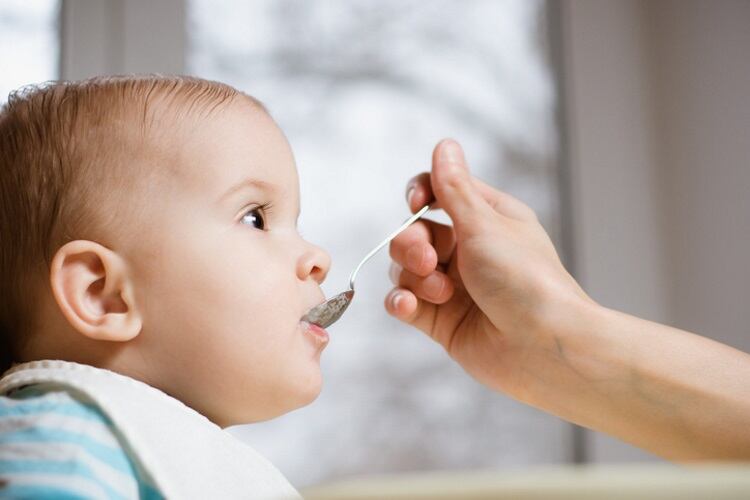The US FDA has identified an actionable level – which it considers is achievable by industry – of 100 micrograms per kilogramme (µg/kg) or 100 parts per billion (ppb) of inorganic arsenic - the most toxic form of arsenic - present in infant rice cereal.
However, HBBF believes it is still falling short.
Infants consume almost three times more rice than adults in relation to body weight as it is a primary ingredient for infant cereals. Rice and rice products also are a greater potential source of dietary inorganic arsenic exposure for infants and children as their dietary patterns are often less varied than the diets of adults.
The new guidance aims to reduce infants’ dietary exposure to inorganic arsenic, associated with neurodevelopmental effects. It can cause damage to a baby’s developing brain and has been proven to increase the risk of developing bladder, lung, and skin cancers, as well as heart disease and type 2 diabetes.
Significant progress
Over the past decade, the FDA said manufacturers have already made ‘significant progress’ in reaching this action level through good manufacturing practices, such as selective sourcing and testing of rice and rice-derived ingredients.
Results from a 2018 study showed 76% of samples were at or below the 100 ppb level, compared to 47% in 2014 and 36% between 2011-13. White rice cereals showed the greatest improvement in meeting the 100 ppb level.
The announcement is part of a broader effort led by the Toxic Elements Working Group to identify, target and prioritise FDA efforts to reduce exposure to toxic elements from food.
More ‘action’ needed
Despite the advancements, HBBF said the new ruling it is “not a large enough step” to be a protective, health-based limit for babies.
Lack of guidance on neurotoxins also plays a role in inequality and racial health disparities
- Children with coeliac disease - a highly suseptible intolerance to gluten in cereals like wheat - often eat rice as an alternative. They ingest 14 times more arsenic than other children, on average.
- National diet surveys show that Hispanic infants and toddlers are two and a half times more likely to eat rice than other children.
- Asian Americans eat nearly 10 times more rice than the national average.
- Black toddlers are two to three times as likely to eat arsenic-laden rice snacks.
According to the alliance, the FDA has not considered the other toxic heavy metals present in infant rice cereal and rice-based snacks. An HBBF study in 2019 found 95% of baby foods tested contained one or more toxic chemicals – including lead, arsenic, mercury and cadmium – which can permanently alter the developing brain, erode IQ and affect behaviour.
“The FDA failed to consider harm from multiple toxic heavy metals – arsenic, as well as lead, cadmium and mercury – that contaminated not only rice but other common baby foods as well, all of which contribute to risks for a baby’s healthy development,” the organisation said in a statement.
“The FDA’s announcement is a step towards ensuring that babies’ brains are protected from exposure to harmful chemicals, but it is not a large enough step,” Charlotte Brody, national director of HBBF told BakeryandSnacks.
“When we released our baby food study in 2019, we suggested that the FDA set an enforceable, health based limit for arsenic in infant rice cereal and other rice based foods to protect infants from both cancer and neurological harm. This newly announced guidance is not the solution. It’s just the first step in the right direction.
“Making the food that babies eat safe should be the baseline,” she added.
“Setting a standard for the maximum amount of arsenic allowed in baby foods is a start to keeping them safe – but 100 ppb is still far too high. No amount of arsenic, lead or other toxic heavy metal is safe for babies.”
The FDA is accepting electronic or written comments on the final guidance. Submissions must include Docket No. FDA-2016-D-1099 (“Inorganic Arsenic in Rice Cereals for Infants: Action Level; Guidance for Industry.”) and may be emailed to www.regulations.gov or posted to Dockets Management Staff (HFA-305), Food and Drug Administration, 5630 Fishers Lane, Rm. 1061, Rockville, MD 20852, US.


